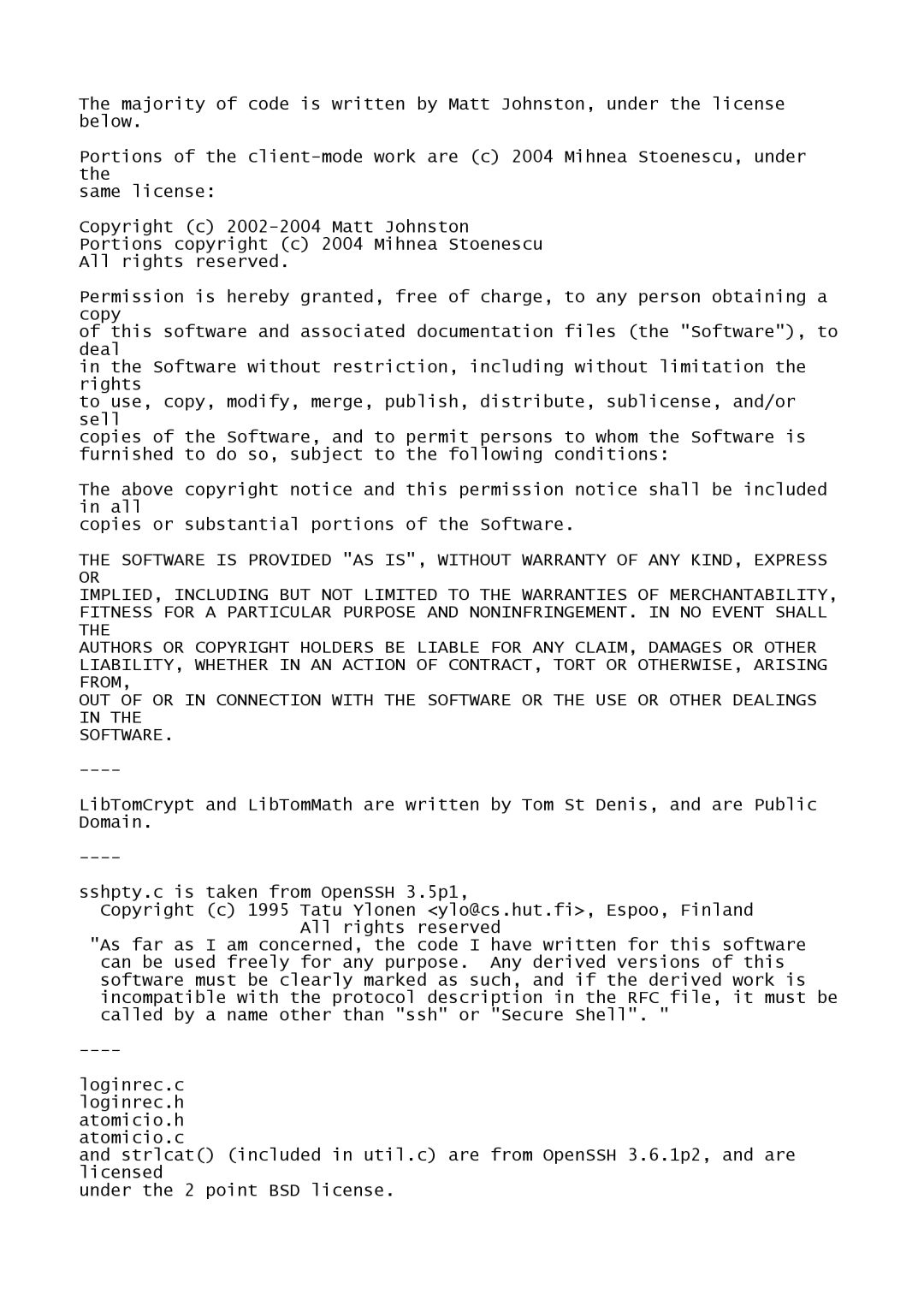WAS7500/37 specifications
The Philips WAS7500/37, a notable addition to the world of wireless audio systems, offers a blend of innovative features and advanced technologies designed for audiophiles and casual listeners alike. Its sleek design and powerful performance make it an exceptional choice for enhancing your home audio experience.One of the standout features of the WAS7500/37 is its Wireless Music Hub, which simplifies streaming music from various sources. Thanks to its integrated Wi-Fi technology, users can connect the speaker to their home network, enabling seamless streaming from compatible devices. Whether it's music from your smartphone, tablet, or computer, the Philips WAS7500/37 ensures that you have easy access to your favorite tunes without the clutter of cables.
Another important aspect of the WAS7500/37 is its support for multiple audio formats. The speaker is designed to handle a variety of file types, including MP3, WMA, and AAC, ensuring versatility for different music libraries. This compatibility allows users to enjoy their favorite tracks in the best possible quality, enhancing the overall listening experience.
The speaker is equipped with high-quality drivers that deliver rich, dynamic sound. The integrated subwoofer provides deep bass, elevating music playback across genres, while the tweeters ensure that higher frequencies are crisp and clear. This combination of audio technologies creates an immersive soundstage that fills any room with high-fidelity audio.
For those who prioritize ease of use, the WAS7500/37 features a user-friendly interface. The intuitive controls allow for straightforward navigation of playlists and settings, making it simple for anyone to operate. Additionally, the device is compatible with Philips' wireless multi-room technology, enabling users to synchronize multiple speakers for a cohesive audio experience throughout their home.
Moreover, the Philips WAS7500/37 supports various streaming services, such as Spotify and Deezer, allowing users to access their favorite online playlists effortlessly. The integration of Bluetooth technology further enhances its capabilities, making it easy to connect to smartphones and other devices in an instant.
In summary, the Philips WAS7500/37 merges stylish design with cutting-edge speaker technology, making it an ideal choice for anyone seeking a wireless audio solution. Its compatibility with various formats, user-friendly interface, and impressive sound quality contribute to its reputation as a standout in the competitive audio market. Whether hosting a gathering or enjoying a quiet evening at home, the Philips WAS7500/37 promises to deliver an exceptional audio experience that meets diverse listening needs.
